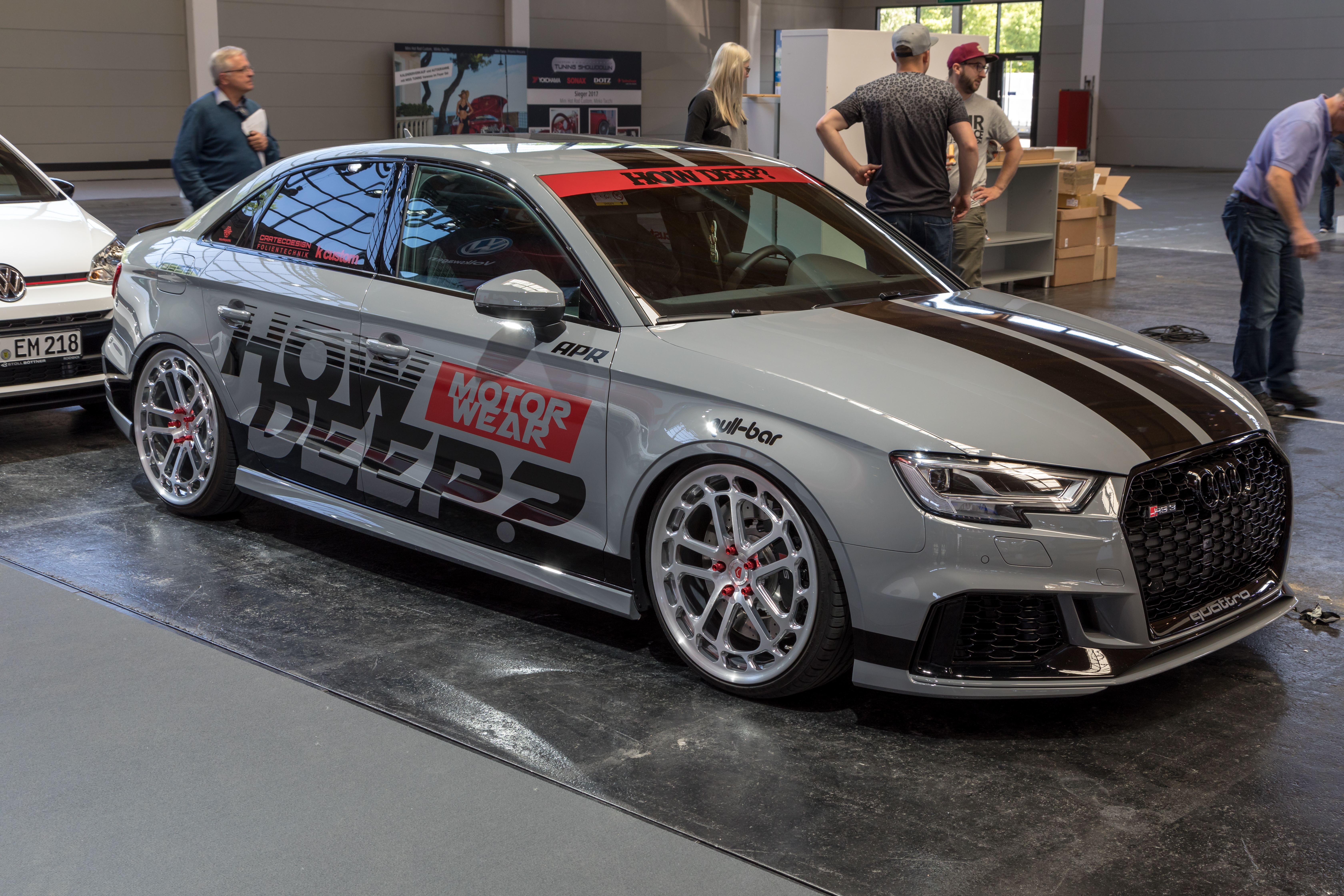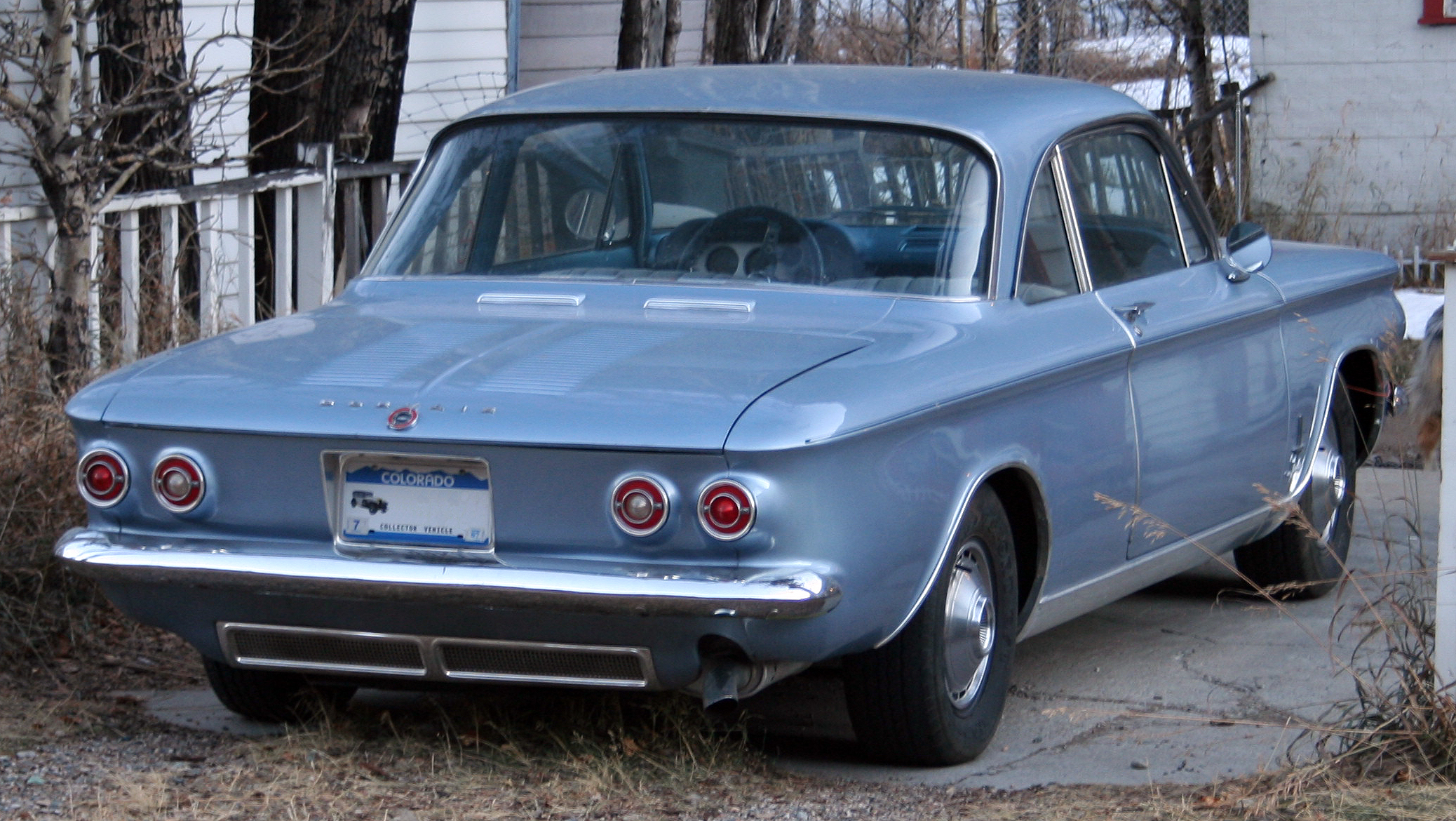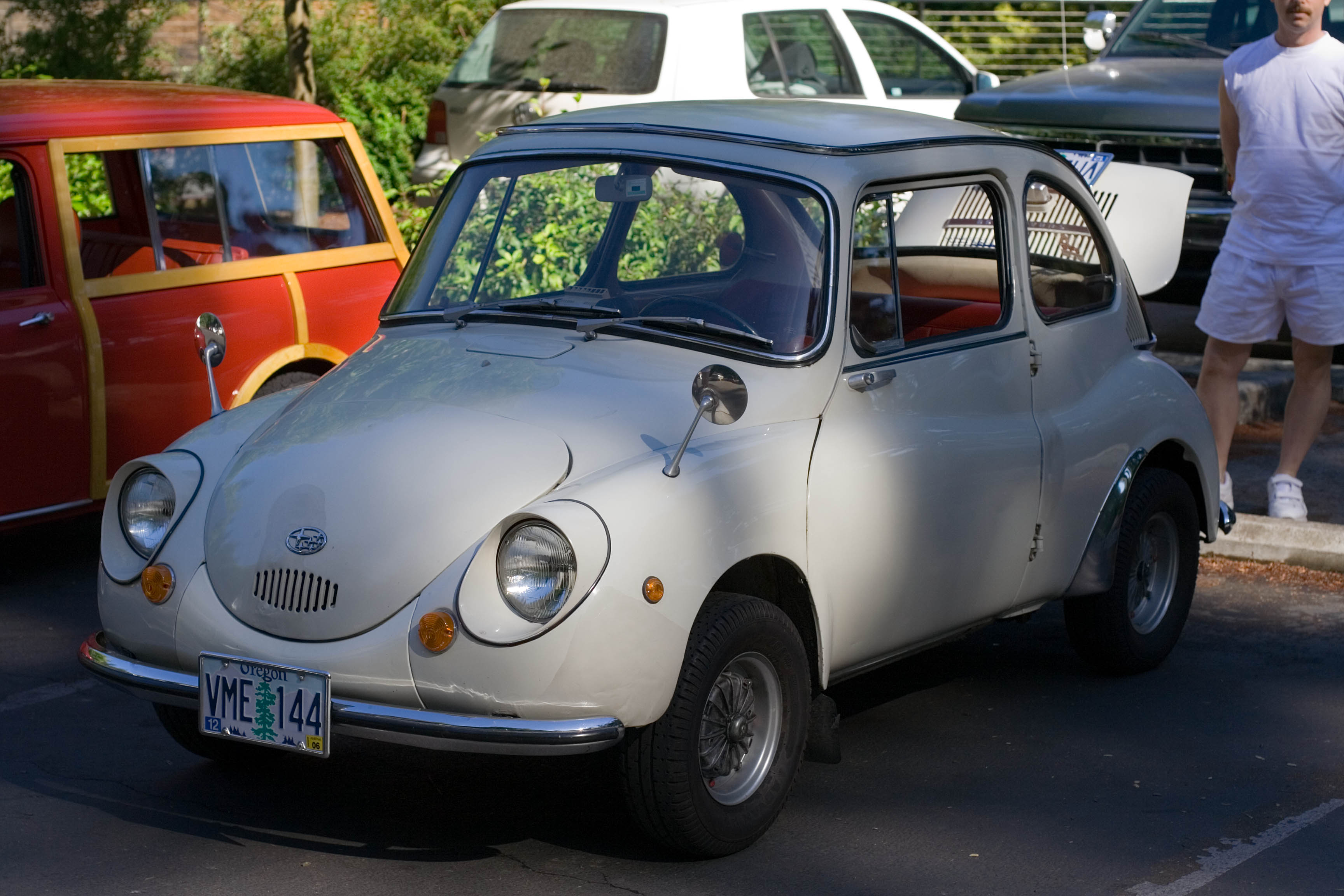Car Crashes: Legendary Vehicle Flops No One Wanted to Buy

Automobiles, at their core, are designed to impress, perform and meet consumer desires. However, not every vehicle hits the mark, and some even become infamous for their failures. In the world of automobiles, we often hear about the best-selling models that win awards and accolades, but what about those that were met with disdain? Welcome to the intriguing world of vehicle flops, where we delve into cars no one wanted to buy.

1. **Triumph Mayflower (1949–53)**: Designed with an ambitious vision, the Triumph Mayflower was meant to capture the luxury small car market in the U.S. Unfortunately, its heavy body and underpowered engine made it a sluggish choice. Critics didn’t hold back – James May described it as “the ugliest car ever built,” and many echoed similar sentiments. The car’s quirky proportions combined with its lackluster performance left it as a mere footnote in automotive history.

2. **Nash/Austin Metropolitan (1954–62)**: With the intent to create a small car for affluent urban shoppers, the Nash Metropolitan fumbled its ambitious goal. While marketed as a ‘big car in miniature’, it fell short due to poor performance. The car, aimed at women, turned out to be more of a commercial miss than a success, with critics labeling it as “one of the nastiest cars ever built.” Today, it’s more of a curiosity among collectors than a sought-after classic.

3. **Renault Dauphine (1956–67)**: Initially a hit in Europe, the Renault Dauphine bombed in the U.S. market. With a painful 32 seconds to reach 60 mph, it was dismissed as a joke. The poor corrosion resistance and lack of robust performance led to its inclusion on lists of the worst cars. Renault even had to apologize in ads for the Dauphine’s shortcomings, highlighting just how bad its reception was.

4. **Trabant (1957–90)**: The Trabant became a symbol of the economic struggles in East Germany. Its outdated two-stroke engine and poor fuel economy garnered derision, but it also gained a quirky charm after the fall of the Berlin Wall. Although it was often considered a joke, it found a cult following in reunified Germany, showcasing how a flop can sometimes be rebranded as a nostalgic icon.

5. **Edsel (1958)**: Launched with great fanfare, the Edsel’s failure is perhaps the most famous flop in automotive history. Despite its innovative features, it was poorly marketed and perceived as a lackluster version of existing models. The iconic ‘horsecollar’ grille was mocked relentlessly, and the Edsel name became synonymous with failure in American culture. It lost Ford an estimated $350 million and left many dealers bankrupt.

6. **Chevrolet Corvair (1960–64)**: Initially praised, the Corvair became infamous for its handling issues, leading to numerous lawsuits and a critical investigation by consumer advocate Ralph Nader. Despite the negative press, it had a dedicated following, but the shadow of its safety record loomed large over its reputation, making it a complicated chapter in Chevrolet’s history.

7. **Hillman Imp (1963–76)**: Designed to compete with the wildly popular Mini, the Hillman Imp was initially celebrated but quickly fell victim to production quality issues. With a rear-engine layout that didn’t work well and a host of mechanical problems, it was such a failure that it contributed to the financial demise of its parent company. Although it had some innovative features, it simply didn’t perform well enough to stand out.

8. **Subaru 360 (1968–70)**: Hailed as ‘cheap and ugly’, the Subaru 360 was marketed as a budget car in a time when safety standards were still evolving. It failed spectacularly in the American market, lagging in crash tests and practicality, leading to its quick withdrawal. Despite its abysmal failure, it remains a fascinating piece of automotive history, showing how market forces can shape a car’s destiny.

9. **VAZ-2101/Lada Riva/Zhiguli (1970–2013)**: The VAZ-2101, often referred to just as the Lada, is a ruggedized version of the Fiat 124, produced in Russia. Despite its popularity in the Soviet Union, it garnered significant criticism in Western markets for its outdated design and poor build quality. With Jeremy Clarkson labeling it as ‘simply the worst car in the world,’ the Lada became a cultural symbol of the decline of the Russian automobile industry. Its poor handling and negligible performance resulted in a well-deserved spot on the lists of the worst cars ever made. Yet, it remains a nostalgic icon in Russia, showcasing how even flops can become part of a country’s identity.

10. **AMC Gremlin (1970–78)**: The AMC Gremlin was the epitome of quirky design choices in the automotive world. It emerged from the need to compete in the subcompact market but fell victim to odd styling and outdated technology. Hailed as one of Time magazine’s 50 worst cars of all time, its design was akin to a car that had undergone a rough cut with a cleaver. Critics panned its handling and overall driving experience, making it one of the most derided vehicles of its time. Despite this, the Gremlin has found a niche among collectors who appreciate its unique place in automotive history.

11. **Plymouth Prowler (1997–2002)**: The Plymouth Prowler was an ambitious attempt to revive the hot rod spirit of the 1930s. While its styling was undeniably striking, it suffered from a lack of power and practicality. With a V6 engine that felt underwhelming for its sporty design, buyers were left wanting more. The Prowler’s unconventional design won it some fans, but ultimately, it was considered a vehicle without a clear market fit. Today, it stands as a symbol of a creative risk that didn’t quite pay off, yet it still manages to attract those who admire its bold aesthetics.

12. **Ford Pinto (1971–80)**: The Ford Pinto is infamous not just for its failure in the market but for the safety controversies that surrounded it. Designed as an affordable compact car, it was marred by reports of fires in rear-end collisions, leading to public outcry. While it initially sold well due to its low price point, its safety reputation overshadowed its commercial success. The Pinto serves as a warning in automotive history, illustrating the critical importance of safety in design and consumer trust.

13. **Chrysler Cordoba (1975–83)**: The Chrysler Cordoba was marketed as a luxury coupe but struggled with its identity. Despite being adorned with premium features and a flashy marketing campaign, it never quite resonated with buyers. Its name became a punchline in pop culture, highlighting its failure to connect with consumers. Though it has gained a certain degree of nostalgia over the years, the Cordoba’s place in history is largely marked by its lack of successful sales and design coherence.

14. **Chevrolet Citation (1980–85)**: The Chevrolet Citation was intended to be a revolutionary compact car that would solidify GM’s dominance in the market. Unfortunately, it was plagued by quality control issues and recalls, leading to significant disappointment among consumers. While it won the 1980 Motor Trend Car of the Year award, its reputation suffered greatly due to reliability problems. The Citation serves as a cautionary tale about the importance of follow-through after ambitious claims and the consequences of cutting corners in production.

15. **Honda Crosstour (2010–15)**: The Honda Crosstour aimed to blend the attributes of a sedan and an SUV, but it fell flat in terms of consumer acceptance. Many found its design unappealing, and it failed to attract the crossover-loving demographic. Despite its practicality and Honda’s reputation for reliability, the Crosstour was discontinued in 2015 due to poor sales. It highlights how even with a strong brand, market trends can render a product unviable.

16. **Nissan Cube (2009–14)**: The Nissan Cube was an attempt at quirky design in the compact car segment, but it didn’t find the audience it hoped for in the U.S. market. Its boxy shape and distinctive styling were polarizing, resulting in a lack of widespread appeal. While some embraced its uniqueness, many dismissed it as impractical and unattractive. The Cube remains a testament to how design innovation can sometimes miss the mark with consumers.

These notorious vehicle flops span across decades and illustrate not just the pitfalls of automotive design and marketing, but also the ever-changing landscape of consumer preferences. Each of these cars carries a legacy—some as cautionary tales, others as quirky pieces of history that evoke nostalgia. As we reflect on these automotive misfires, they remind us that the road to success is paved with missteps, and even flops can have their moments in the spotlight, if only as lessons learned for future generations of automotive enthusiasts. The automotive industry is as much about learning from failures as it is about celebrating successes, and these vehicles serve as enduring reminders of that journey.
Related posts:
List of automobiles known for negative reception
Biggest Automotive Flops
28 Cars That No One Wanted To Buy
Discover more from Auto Travel World
Subscribe to get the latest posts sent to your email.












